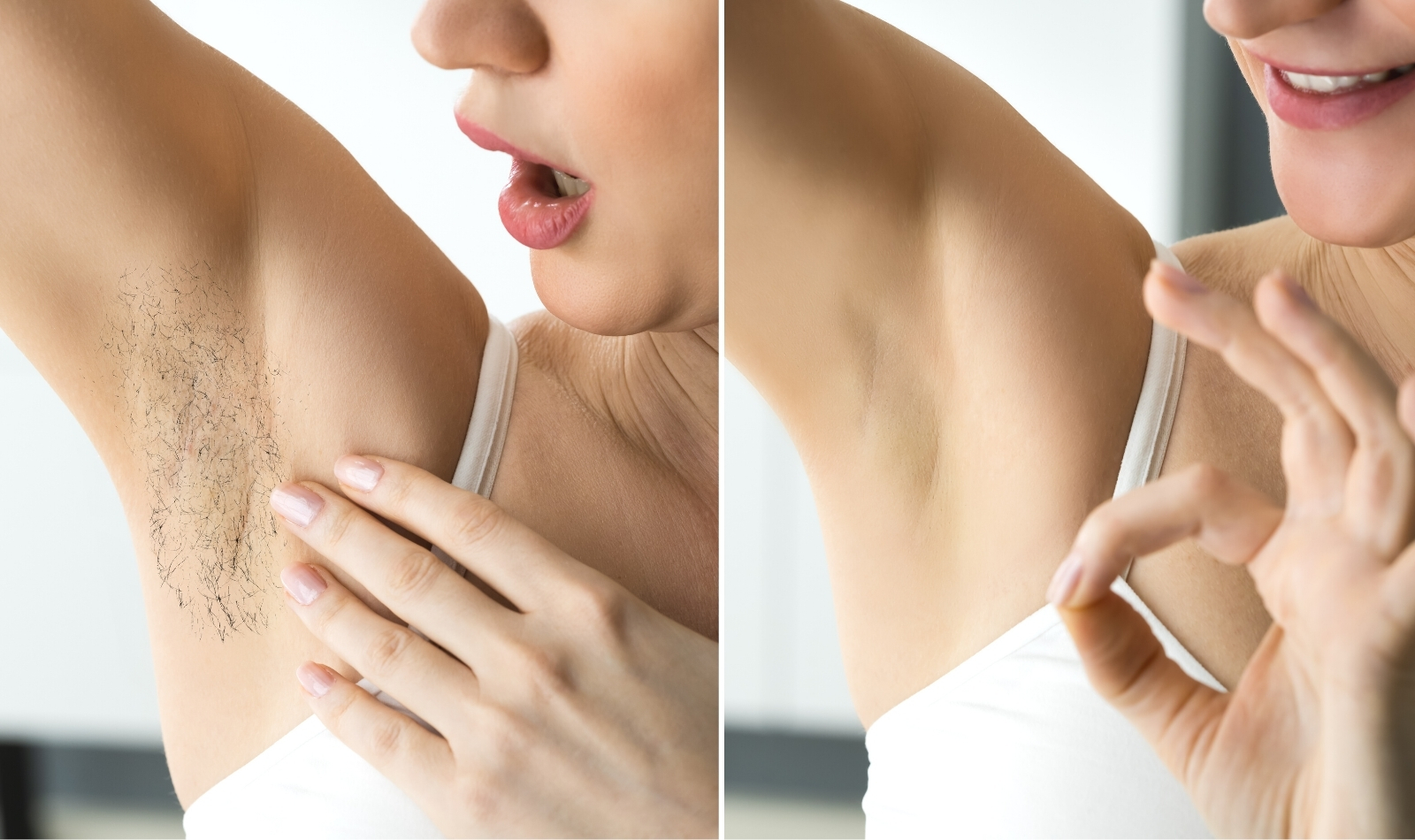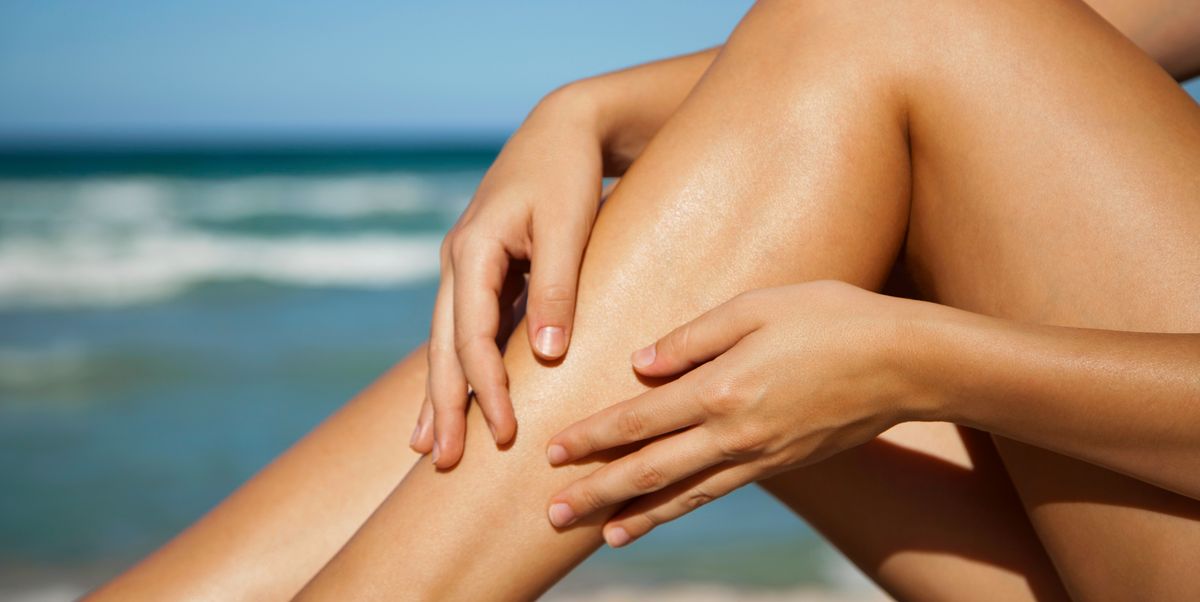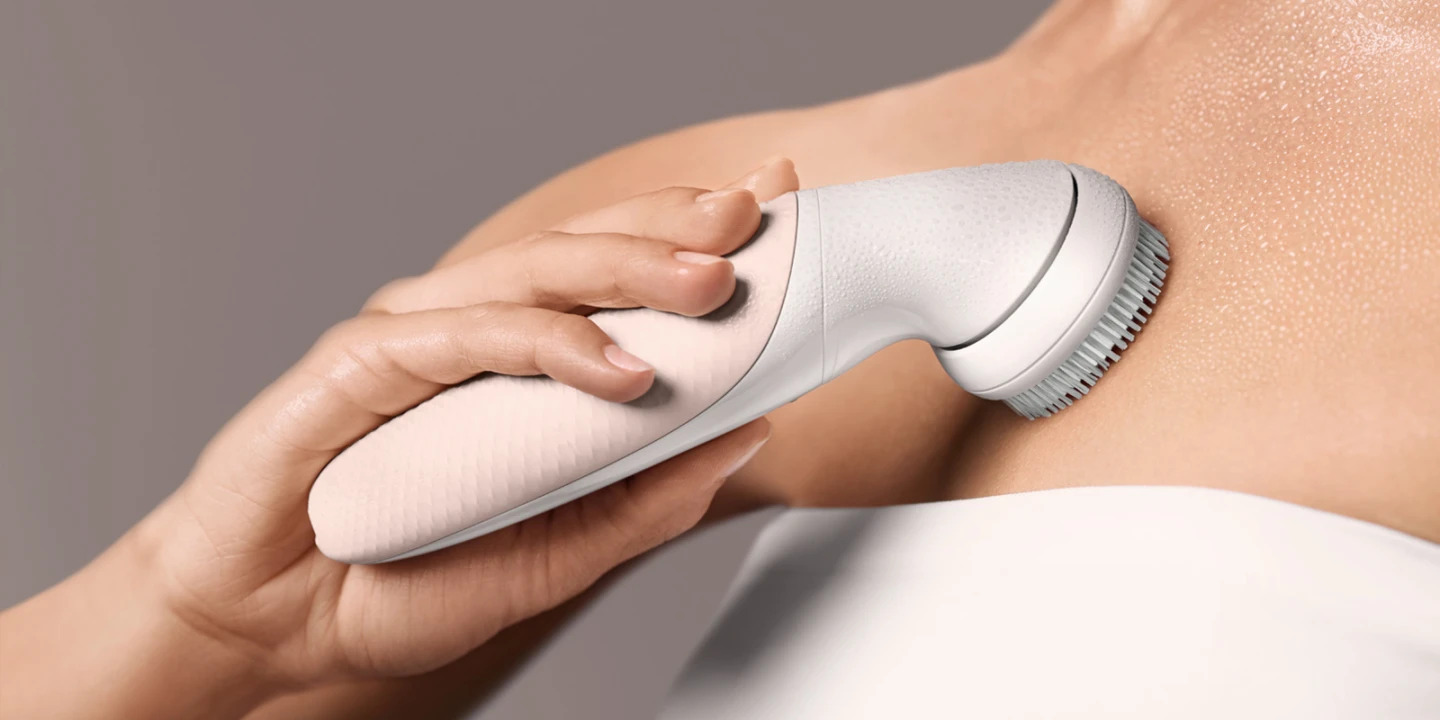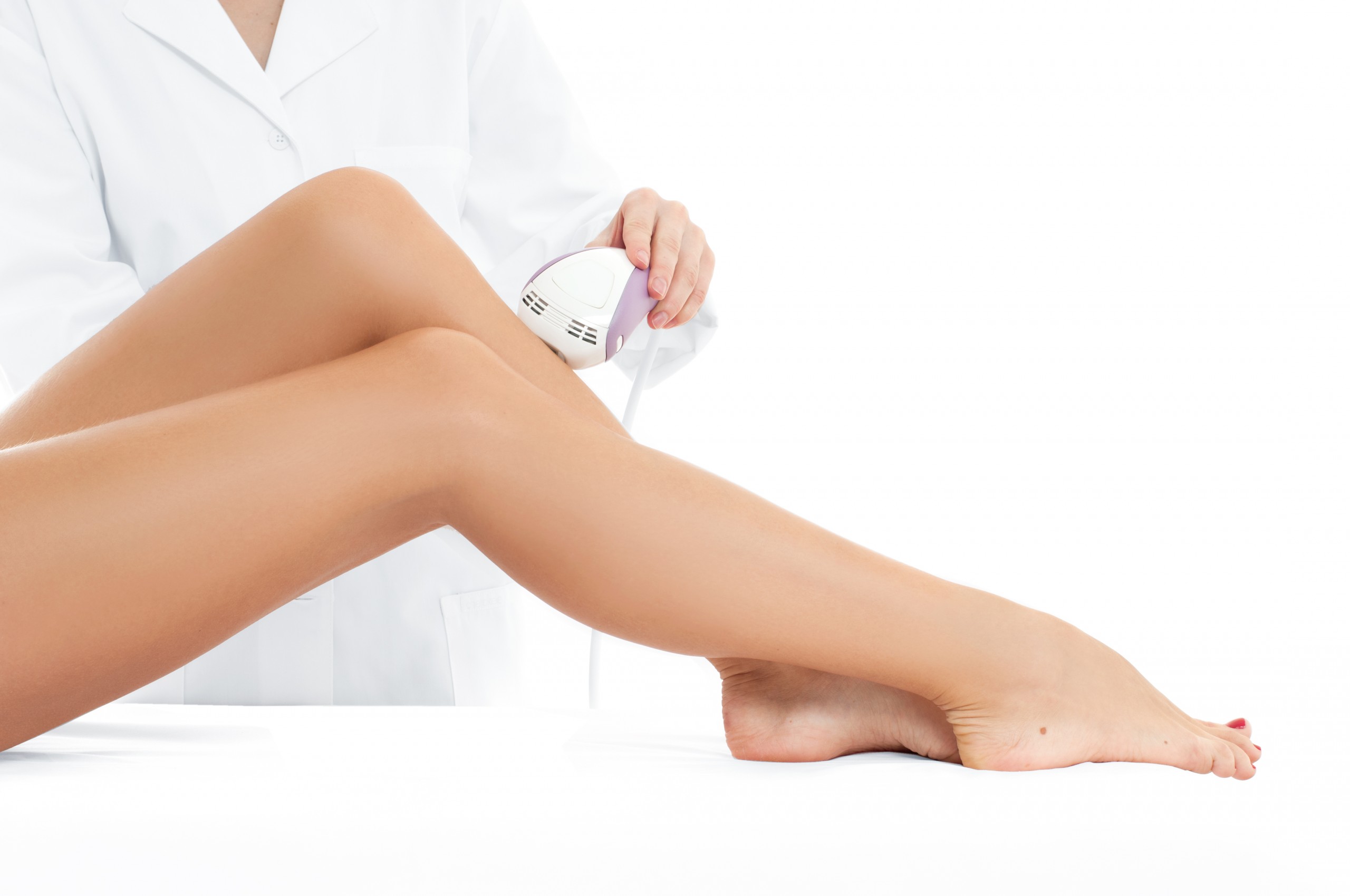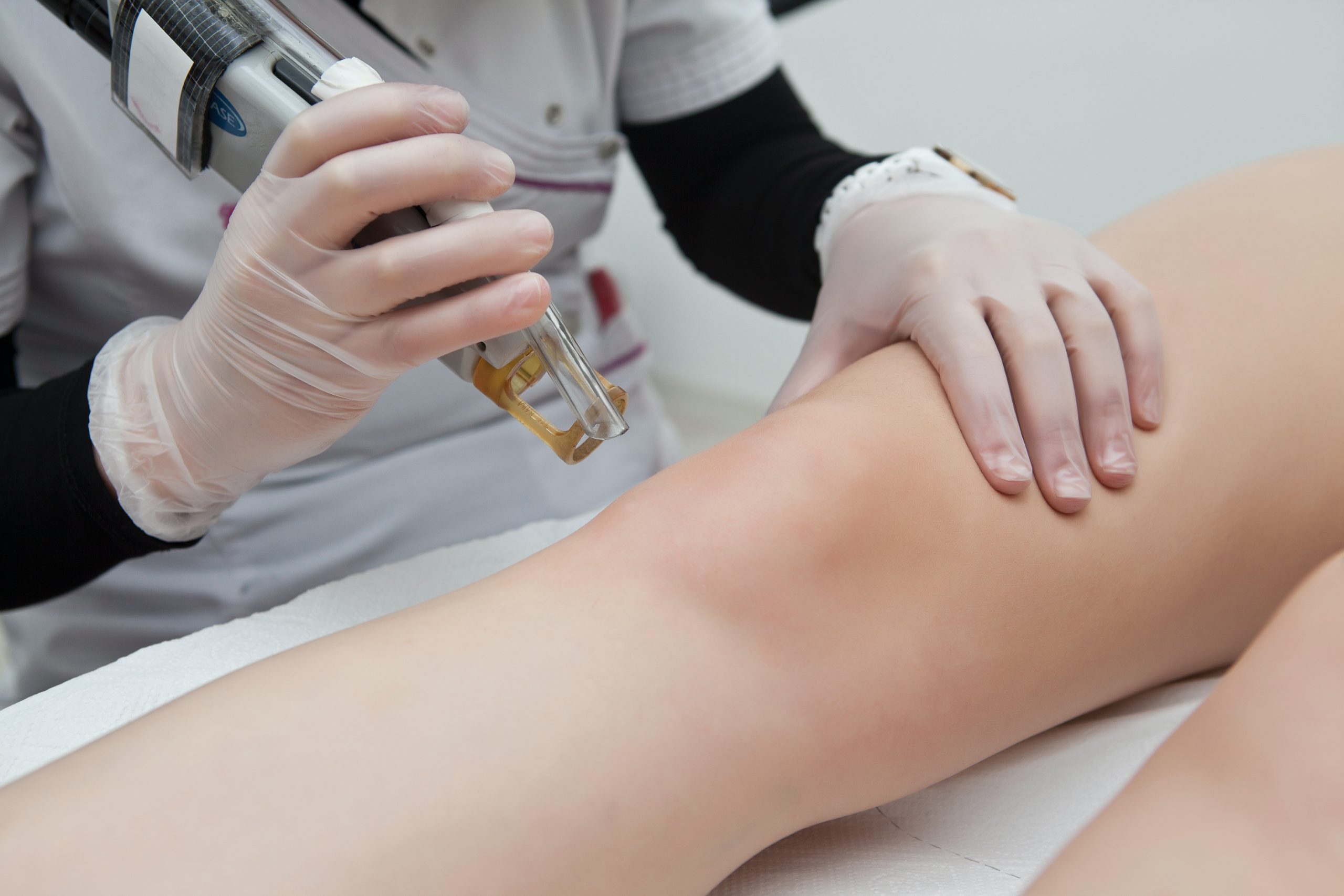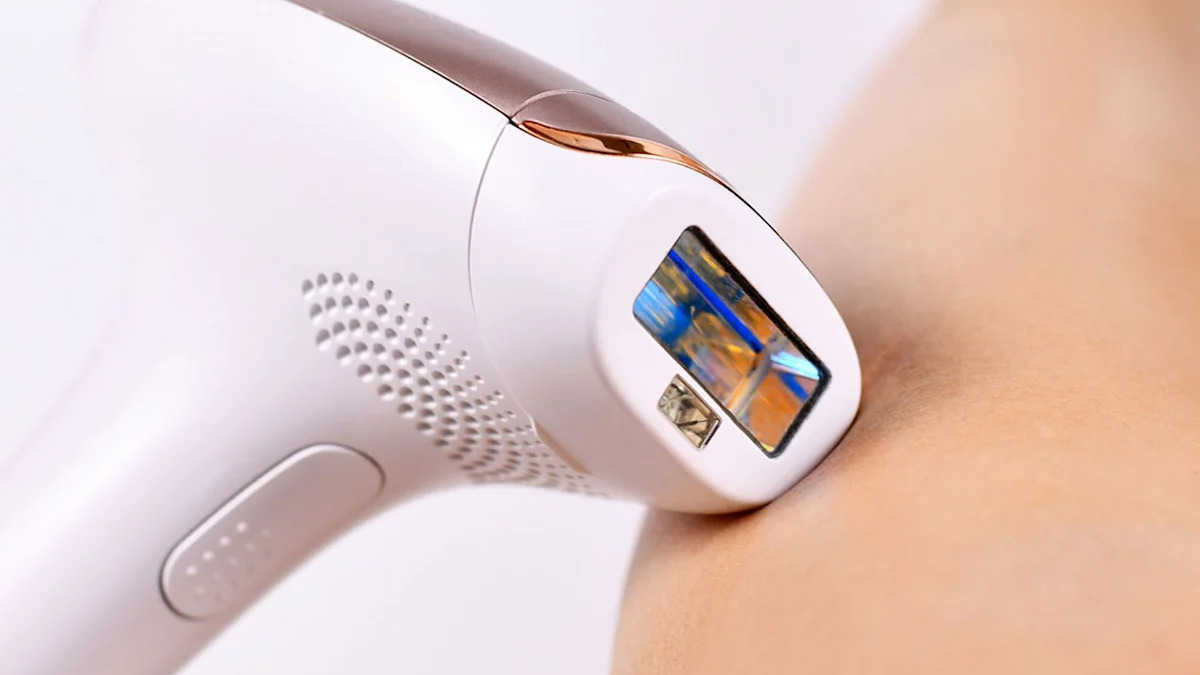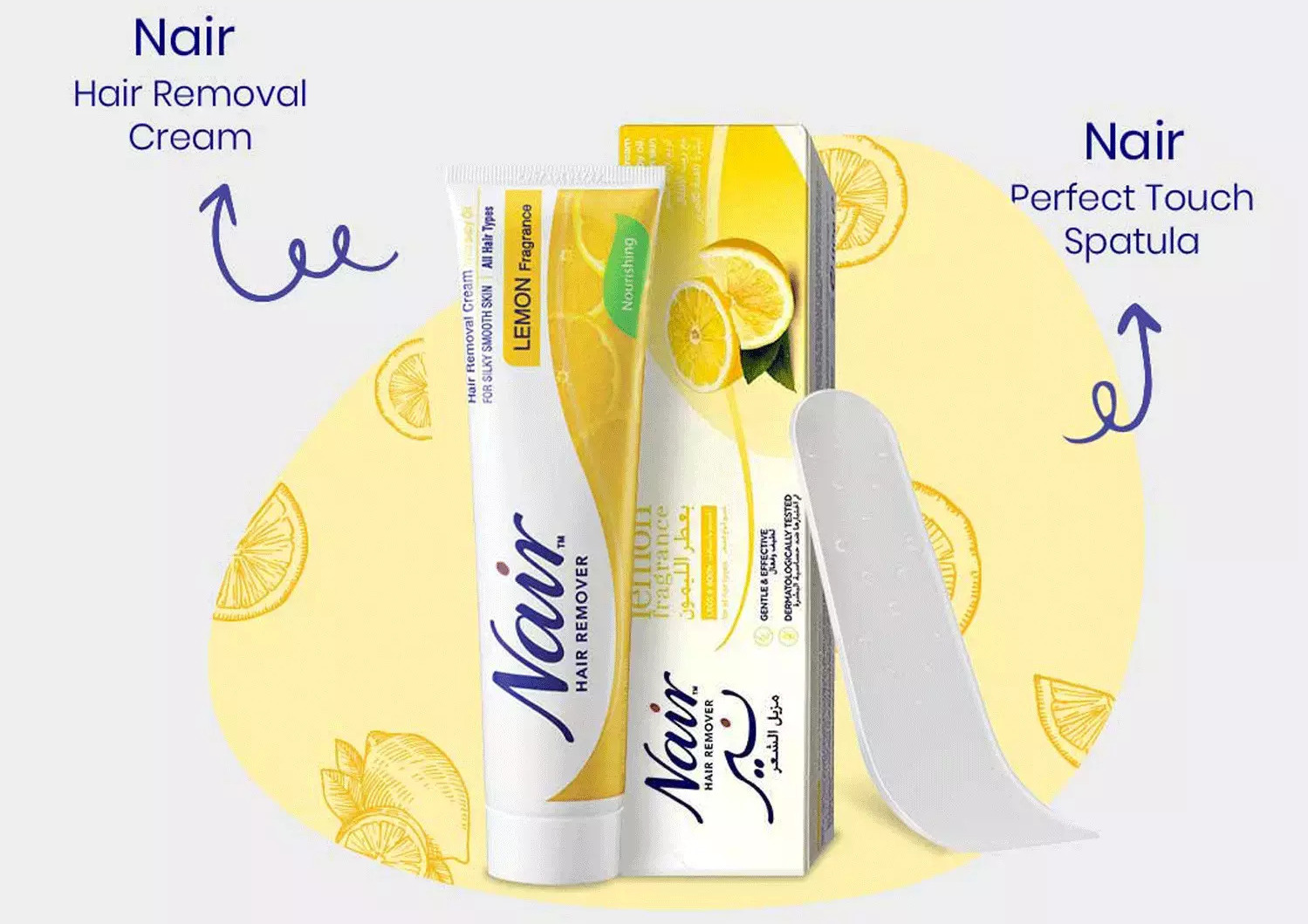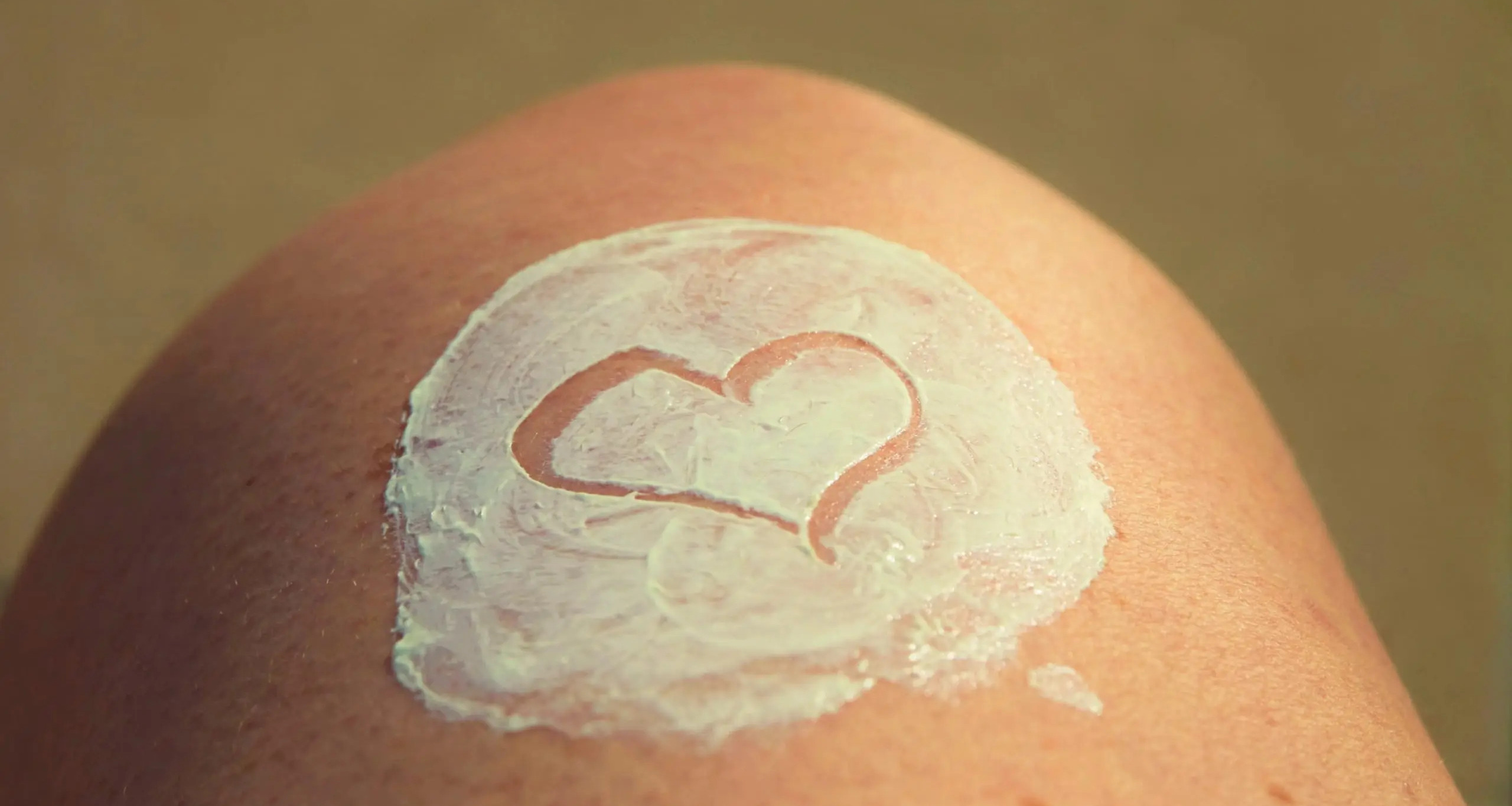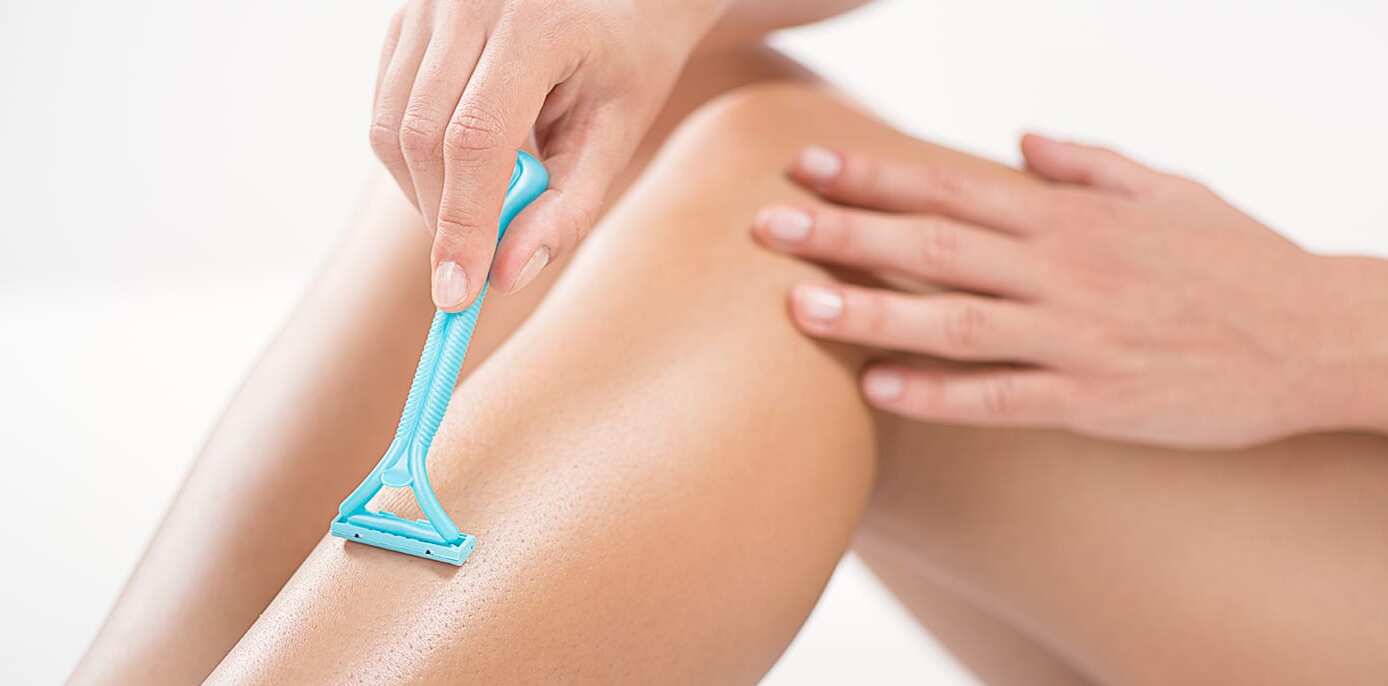

FAQs
How Soon Can I Shave After Laser Hair Removal
Modified: August 2, 2023
Discover when it is safe to shave after laser hair removal and get answers to other general questions about this popular cosmetic procedure.
(Many of the links in this article redirect to a specific reviewed product. Your purchase of these products through affiliate links helps to generate commission for Under-tec.com, at no extra cost. Learn more)
Table of Contents
Introduction
Laser hair removal is a popular method for getting rid of unwanted body hair. It offers a long-lasting solution by targeting the hair follicles with a concentrated beam of light, preventing future hair growth. While laser hair removal is an effective and efficient way to achieve smooth, hair-free skin, many people have questions about the post-treatment process, including when they can resume their regular grooming routines.
One common concern is knowing when it is safe to shave after laser hair removal. Shaving is a common hair removal method that many individuals prefer due to its simplicity and convenience. However, after undergoing laser hair removal, it is important to give your skin some time to heal before resuming shaving.
In this article, we will explore the laser hair removal process, the importance of proper aftercare, and the waiting period before shaving. We will also discuss the factors that can affect the timing of shaving after laser hair removal and provide some helpful tips for a smooth and comfortable shaving experience.
Whether you are considering laser hair removal or have recently undergone the treatment, understanding the appropriate time to shave can help you maintain your skin’s health and maximize the results of your laser hair removal sessions.
Understanding the Laser Hair Removal Process
Laser hair removal is a non-invasive cosmetic procedure that provides long-lasting hair reduction. The process involves using a concentrated beam of light that is absorbed by the melanin (pigment) in the hair follicles. The heat generated from the light damages the hair follicles, inhibiting future hair growth.
The laser hair removal process typically requires multiple sessions to achieve optimal results. This is because hair grows in cycles, and each hair follicle goes through different phases of growth at any given time. By undergoing multiple treatments over a period of time, you can ensure that all hair follicles are targeted during their active growth phase, maximizing the effectiveness of the treatment.
During a laser hair removal session, a trained professional will use a hand-held device to deliver the laser pulses to the desired treatment area. The sensation experienced during the treatment can vary from person to person, with some individuals describing it as a slight tingling or stinging sensation. To manage any discomfort, a cooling gel or numbing cream may be applied to the skin prior to the procedure.
It is important to note that laser hair removal is not recommended for everyone. The effectiveness of the treatment is influenced by the color and thickness of the hair, as well as the individual’s skin tone. Laser hair removal works best on individuals with dark, coarse hair and lighter skin tones due to the high contrast between the hair and the skin.
Additionally, certain medications and medical conditions may impact the suitability of laser hair removal. It is crucial to consult with a qualified professional to determine if you are an ideal candidate for the treatment.
Overall, laser hair removal provides a safe and effective method for long-term hair reduction. Understanding the process and its limitations can help you make an informed decision and better prepare for the post-treatment care that is essential for optimal results.
The Importance of Proper Aftercare
After undergoing laser hair removal, it is crucial to follow a comprehensive aftercare routine to ensure optimal results and minimize any potential side effects. Proper aftercare helps promote the healing process and reduces the risk of complications, such as skin irritation, inflammation, and hyperpigmentation.
One of the key aspects of aftercare is protecting your skin from excessive sun exposure. The treated area may be more sensitive to sunlight following laser hair removal, making it more prone to sunburn and damage. It is essential to apply a broad-spectrum sunscreen with a high SPF to the treated area and keep it covered or shaded when outdoors.
Additionally, avoid any activities that may cause excessive heat or sweat in the treated area, such as hot showers, saunas, or strenuous exercise. These activities can irritate the skin and delay the healing process. It is recommended to take lukewarm showers and gently pat your skin dry with a soft towel.
It is also important to avoid using any harsh or abrasive skincare products in the treated area for a few days after the procedure. Instead, opt for gentle cleansers and moisturizers that are free from fragrance and other potentially irritating ingredients. This will help soothe the skin and minimize the risk of any adverse reactions.
Furthermore, refrain from picking, scratching, or exfoliating the treated area. Any physical manipulation of the skin can disrupt the healing process and increase the chances of scarring or infection. Let the body’s natural healing mechanisms take their course, and allow the dead hair to fall out on its own.
Lastly, consult with your laser hair removal specialist about any specific aftercare instructions tailored to your individual needs. They may recommend additional steps or products to promote healing and enhance your overall results.
Proper aftercare is essential for successful laser hair removal. By following the guidelines provided by your specialist and taking proactive steps to protect and nurture your skin, you will help maximize the effectiveness of the treatment and enjoy the benefits of smooth, hair-free skin for an extended period of time.
Waiting Period Before Shaving After Laser Hair Removal
After undergoing laser hair removal, it is important to allow your skin some time to heal before resuming your regular shaving routine. The waiting period before shaving after laser hair removal can vary depending on various factors, including the sensitivity of your skin, the treatment area, and the type of laser technology used.
Typically, it is recommended to wait at least 48 to 72 hours before shaving the treated area. This allows for the initial healing process to take place and reduces the risk of irritation or damage to the skin. During this time, your skin may be sensitive, and shaving too soon can cause redness, discomfort, or even potential complications.
It is important to note that laser hair removal treatments target the hair follicles beneath the skin’s surface. While the hair may appear to be unaffected immediately after the session, it will gradually fall out over the next few weeks as the damaged follicles shed. Shaving too soon can disrupt this natural shedding process and potentially interfere with the long-term results of the treatment.
If you are unsure about the appropriate waiting period for shaving after laser hair removal, it is best to consult with your laser hair removal specialist. They can assess your individual case, take into account any specific factors, and provide you with personalized advice tailored to your unique needs.
Remember that every person’s skin reacts differently to laser hair removal, and individual healing times may vary. It is best to err on the side of caution and allow your skin ample time to recover before introducing any potential irritants, such as a razor, to the treated area.
Additionally, it is crucial to ensure that you use a clean and sharp razor when you do resume shaving after laser hair removal. Dull blades can increase the risk of irritation, ingrown hairs, and razor burn. It is also recommended to use a moisturizing shaving cream or gel to provide lubrication and minimize friction on the skin.
By adhering to the recommended waiting period and following proper shaving techniques, you can maintain the health of your skin, promote the longevity of the results, and enjoy the benefits of a smooth and hair-free appearance.
Factors That Affect the Timing of Shaving
While the general waiting period before shaving after laser hair removal is typically 48 to 72 hours, it is important to consider individual factors that may affect the timing. These factors can influence the sensitivity of your skin, the healing process, and the overall effectiveness of the treatment.
1. Skin Sensitivity: Some individuals may have more sensitive skin than others, making the post-treatment period more delicate. If you tend to experience heightened sensitivity or have a history of skin reactions, it may be beneficial to wait a bit longer before resuming your shaving routine. This allows your skin to fully recover and minimizes the risk of any discomfort or irritation.
2. Treatment Area: The location of the laser hair removal treatment can also influence the timing of shaving. Areas with thinner or more delicate skin, such as the face or bikini area, may require additional time to heal before shaving. In contrast, areas with thicker or less sensitive skin, like the legs or arms, may tolerate shaving sooner. It is crucial to assess each treated area individually to determine the appropriate waiting period.
3. Laser Technology Used: Different types of laser technology can impact the timing of shaving after a laser hair removal session. Some laser devices require a longer waiting period due to their depth of penetration or intensity of treatment. Conversely, newer laser technologies may allow for quicker recovery times. The specific laser system used during the treatment can affect how long you should wait before shaving.
4. Personal Healing Response: Each person’s healing process is unique, and healing times can vary accordingly. Factors such as age, overall health, and individual healing mechanisms can influence how quickly your skin recovers after laser hair removal. It is essential to pay attention to your body and wait until you feel confident that your skin has adequately healed before reintroducing shaving.
It is important to consult with your laser hair removal specialist for personalized guidance on the timing of shaving after your specific treatment. They have the expertise and knowledge to evaluate your skin’s condition and recommend the optimal waiting period based on your individual circumstances.
By considering these factors and allowing enough time for your skin to heal, you can ensure a more comfortable shaving experience and maintain the integrity of your laser hair removal results.
Tips for Shaving After Laser Hair Removal
Once you have reached the appropriate waiting period and your skin has fully healed after laser hair removal, it is essential to follow some key tips to ensure a safe and effective shaving experience. These tips can help minimize any potential irritation, ingrown hairs, or other complications that may arise after treatment.
1. Use a Clean and Sharp Razor: It is crucial to use a clean and sharp razor to prevent any bacteria or residue from coming into contact with your freshly treated skin. Dull blades can cause dragging or pulling on the skin, leading to irritation and potential damage. Consider using a new razor or blade for each shaving session to maintain optimal hygiene.
2. Moisturize the Skin: Before shaving, apply a moisturizing shaving cream or gel to your skin. This will provide lubrication and reduce friction, allowing the razor to glide smoothly over the skin’s surface. Avoid using any products that contain alcohol or harsh chemicals, as they can further irritate the skin.
3. Shave in the Direction of Hair Growth: To minimize the risk of irritation and ingrown hairs, it is recommended to shave in the direction of hair growth. Shaving against the grain may lead to a closer shave, but it can also increase the likelihood of razor burn and ingrown hairs. Take your time and use light, gentle strokes for a more comfortable shave.
4. Avoid Over-Shaving: Resist the temptation to shave the same area repeatedly or excessively. Over-shaving can cause unnecessary irritation and disrupt the delicate healing process of your skin. If you require a closer shave, consider using a single blade razor or a razor specifically designed for sensitive skin.
5. Rinse and Moisturize After Shaving: Once you have finished shaving, rinse the treated area with cool water to remove any remaining shaving cream or gel. Pat the skin dry with a soft towel and apply a gentle moisturizer to keep the skin hydrated and nourished. Avoid using any products that may contain fragrances, as they can potentially irritate the skin.
6. Avoid Excessive Exfoliation: While exfoliating is an important part of a regular skincare routine, it is advisable to avoid excessive exfoliation for a few days after shaving. The skin may still be sensitive from the laser hair removal treatment, and aggressive exfoliation can cause further irritation. Once your skin has fully healed, you can gradually reintroduce gentle exfoliation practices.
7. Follow Skincare Recommendations: Your laser hair removal specialist may provide specific skincare recommendations after your treatment. These recommendations may include the use of certain products or the avoidance of particular ingredients. It is important to follow these instructions to ensure the best possible outcomes and maintain the longevity of your laser hair removal results.
By following these tips, you can have a smoother and more comfortable shaving experience after laser hair removal. Remember to listen to your skin’s needs, be gentle during the process, and give your skin adequate time to heal between shaving sessions to maintain the benefits of your laser hair removal treatment.
Conclusion
Laser hair removal is a highly effective method for achieving long-term hair reduction. After undergoing this treatment, it is important to follow proper aftercare practices to ensure optimal results and minimize any potential side effects. This includes understanding the appropriate timing for shaving.
Giving your skin enough time to heal after laser hair removal is crucial. While the general waiting period is around 48 to 72 hours, several factors can influence the timing. These factors include skin sensitivity, the treated area, the type of laser technology used, and individual healing responses.
Once the appropriate waiting period has passed, there are several tips to keep in mind when shaving after laser hair removal. Using a clean and sharp razor, moisturizing the skin, shaving in the direction of hair growth, and avoiding over-shaving are all essential. Additionally, rinsing and moisturizing the skin after shaving, avoiding excessive exfoliation, and following any skincare recommendations provided by your specialist are important for maintaining the health and appearance of your skin.
By following these guidelines, you can enhance the effectiveness and longevity of your laser hair removal treatment. Remember to consult with a qualified professional for personalized advice based on your individual needs and circumstances.
Enjoy the benefits of smooth, hair-free skin and feel confident in resuming your regular grooming routine after laser hair removal!
